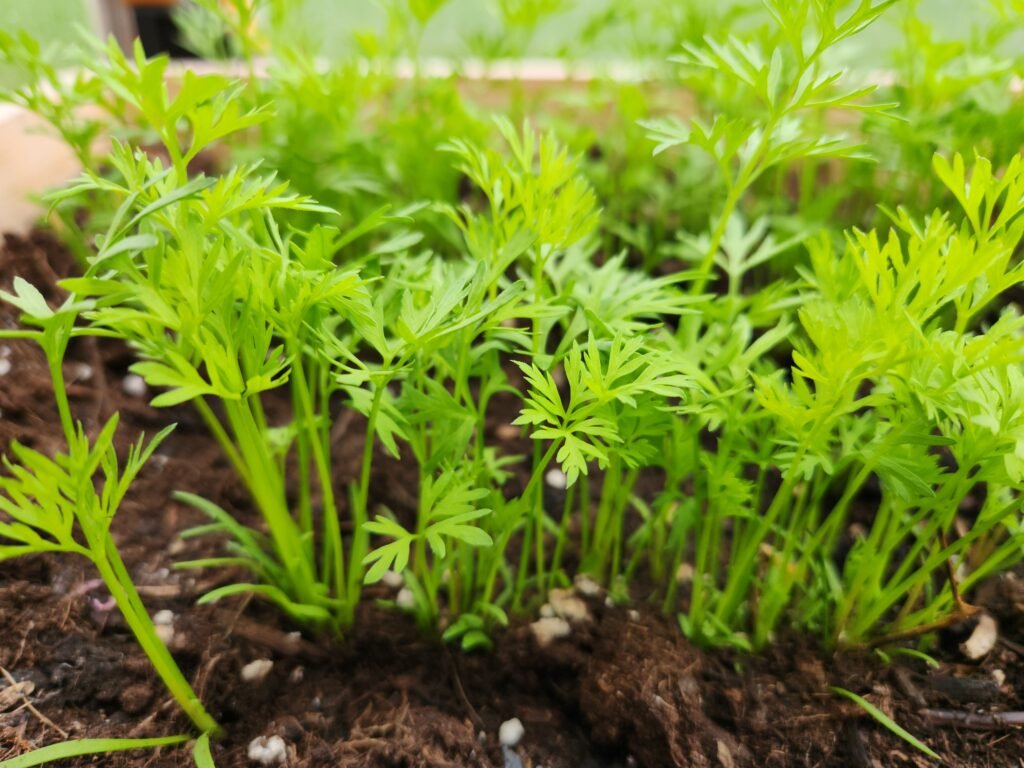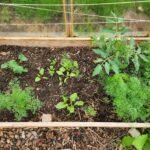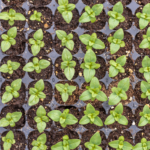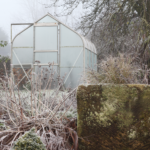Spring is many gardeners’ favorite time of the year. The endless possibilities of what the new growing season will bring are an exciting prospect. After a long, cold winter, there’s nothing better than getting your hands in the soil and starting fresh.
To get you started in the right direction, we’ve come up with five vegetables that you can direct sow this spring into your garden. These crops are not only cold-hardy, but they also thrive when planted early, ensuring a bountiful harvest in the coming months.
Our first selection is one that you can plant as soon as the ground is workable. It will also be one of the first crops you can harvest from your spring garden.
1. Radishes
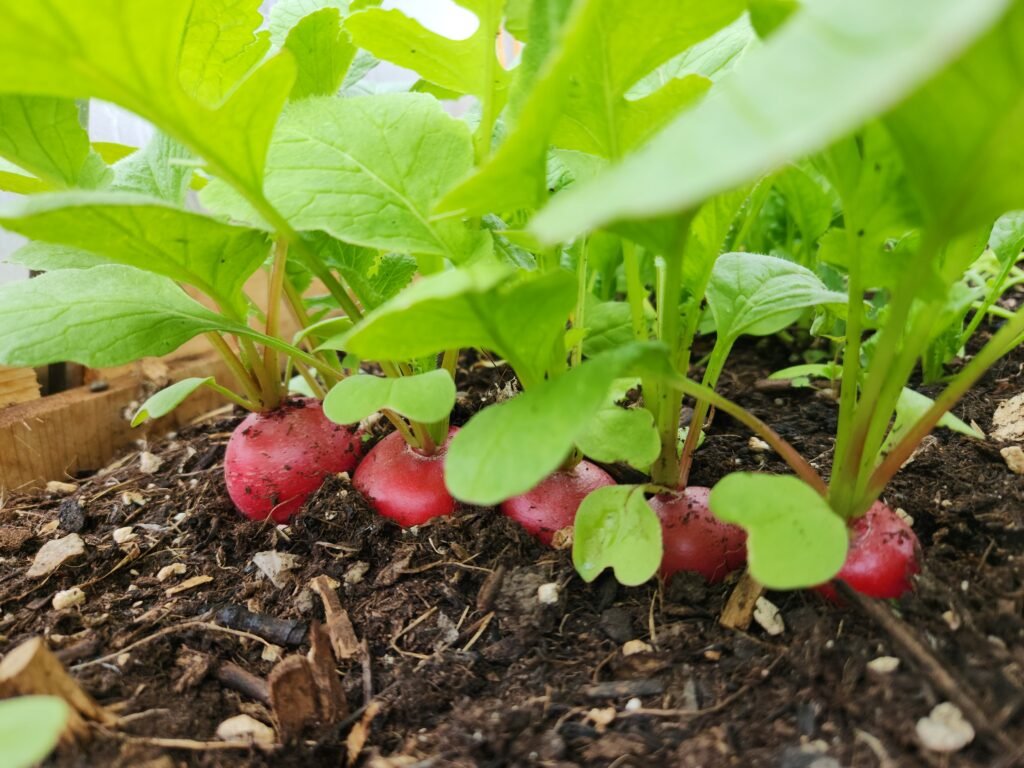
A Quick-Growing, Cold-Hardy Favorite
A popular and easy-to-grow vegetable that can be grown from seed to harvest in as little as 3-4 weeks is the radish.
Radishes are extremely cold hardy, making them the perfect early-season crop. In fact, they are usually the first thing we plant outside in our garden beds and the first vegetable we harvest every year. We plant radishes up to 6 weeks before our last frost date, as they thrive in cool soil.
Due to the radish’s long taproot, it is not recommended for transplanting. Direct sowing ensures the best growth and minimizes the risk of transplant shock.
Radishes are a versatile addition to the kitchen. Their crisp, peppery flavor enhances salads, sandwiches, and even breakfast dishes. We enjoy dicing them up and adding them to eggs and hash browns for an extra crunch.
Another great reason to grow radishes is seed saving. Radish seeds are incredibly easy to collect, meaning you don’t have to buy new seeds each year. Once you find a variety you love, you can keep growing it season after season.
2. Lettuce
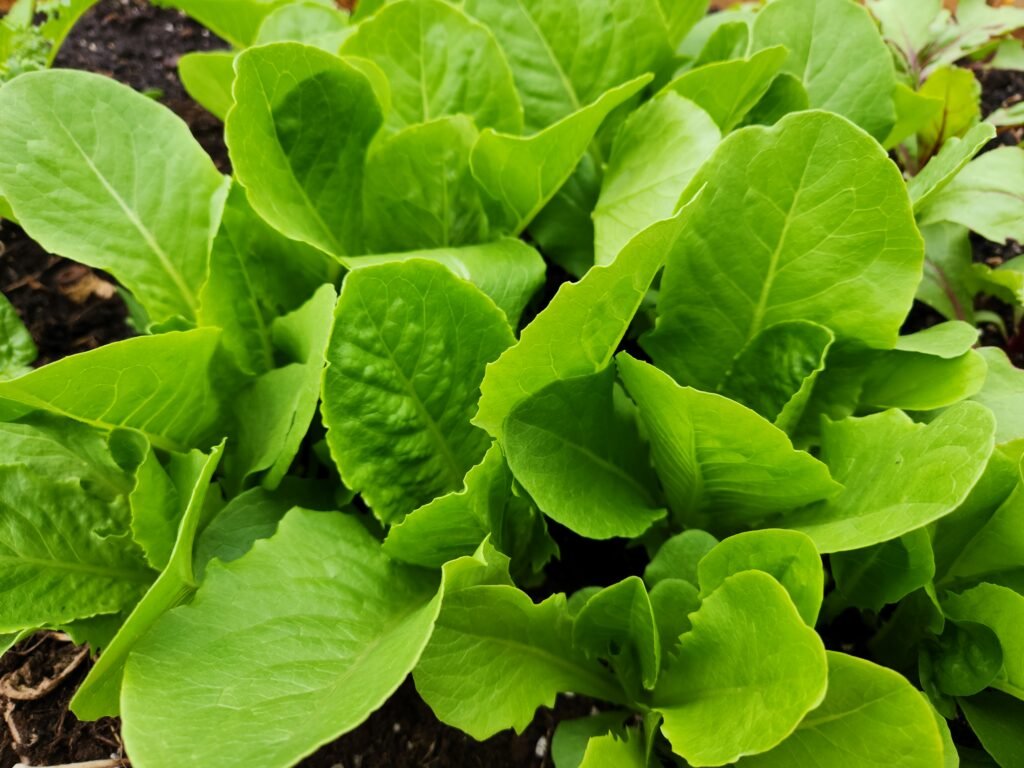
A Crisp, Cool-Weather Green
Lettuce is another cold-hardy vegetable perfect for early spring planting. Unlike radishes, lettuce can be started indoors and transplanted outside, but it also thrives when direct sown.
In our location (zone 5b), we plant lettuce directly in the garden in mid to late March. If you prefer to start indoors, sow your seeds 3-4 weeks earlier, but keep in mind that transplants may be more susceptible to sudden cold snaps.
One major benefit of direct sowing lettuce is that seedlings naturally acclimate to fluctuating March temperatures. This resilience makes them more likely to survive unexpected frosts.
Lettuce is an essential part of any spring garden. It pairs well with other early crops and allows you to create fresh, homegrown salads right from your backyard.
3. Potatoes
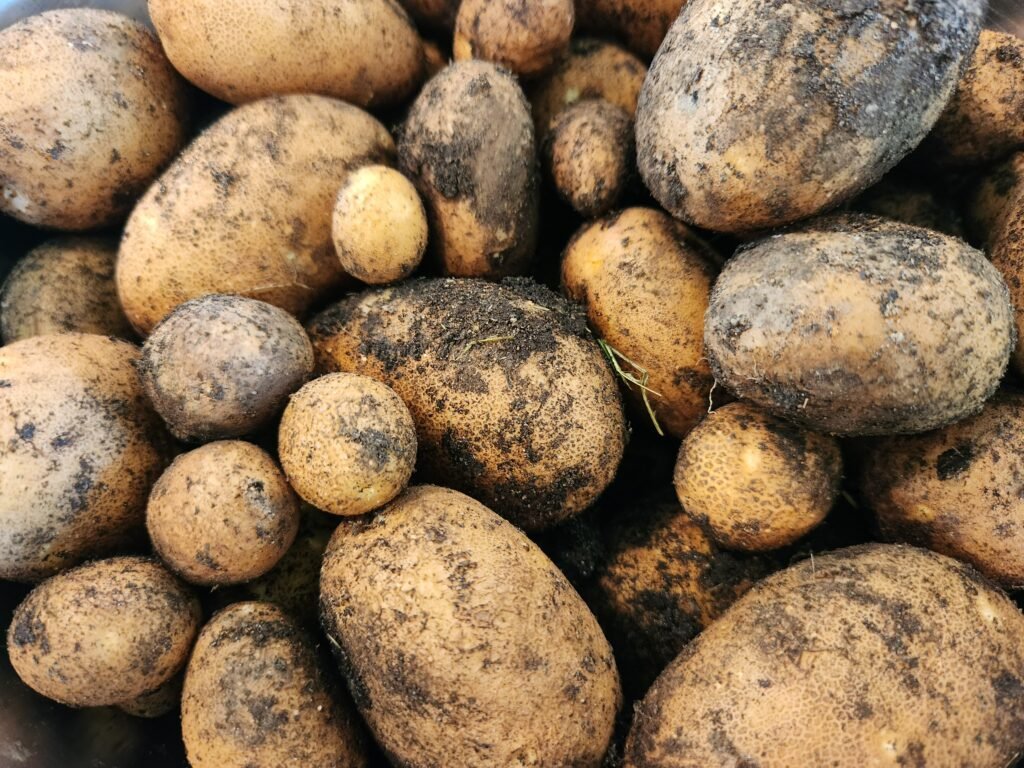
A Staple Crop That Thrives in Early Spring
Potatoes are a fantastic crop to start in March. As soon as the ground is workable, you can plant seed potatoes directly in your garden. Since the edible part of the plant grows underground, it remains well-protected from the elements.
Even if your potato plants start growing and a late freeze occurs, the plant will recover. If the greens die back, the potato tuber will send up new shoots as soon as conditions improve.
The key to successfully planting potatoes early is ensuring they are buried deep enough. If seed potatoes are only planted an inch or two below the soil surface, a deep freeze could damage them beyond recovery. A depth of 4-6 inches is ideal.
Homegrown potatoes are a favorite among gardeners because of their superior taste and texture. Whether roasted, mashed, or fried, nothing compares to freshly harvested potatoes from your own garden.
4. Carrots
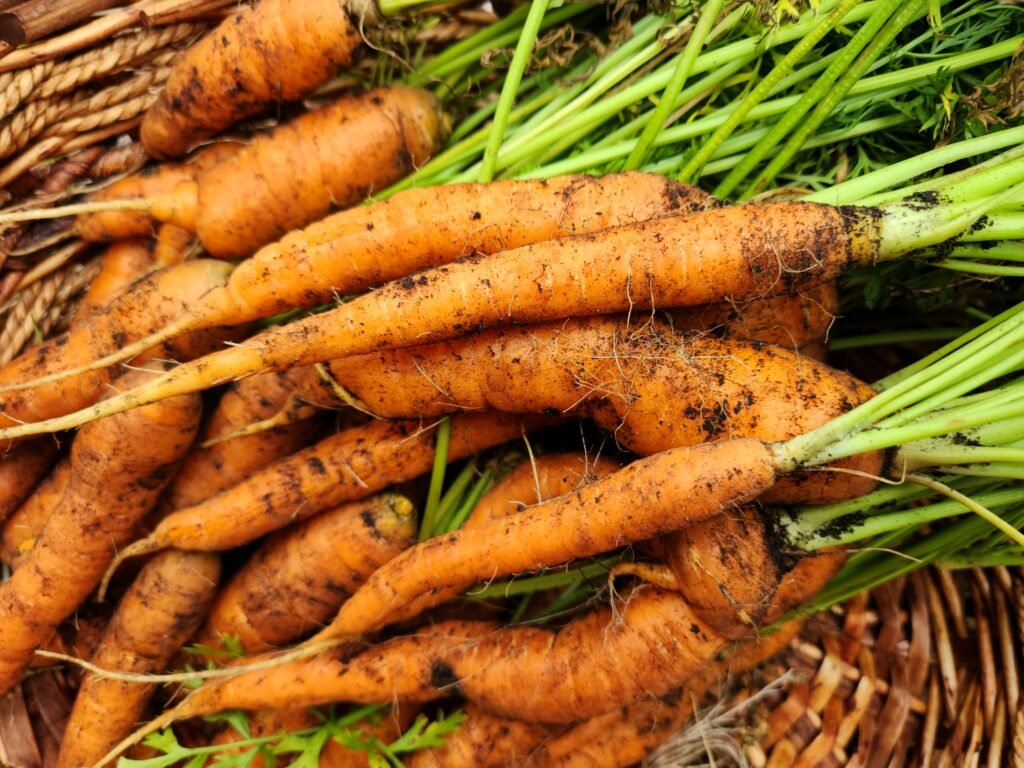
A Sweet and Hardy Root Crop
Carrots, like radishes, thrive in cold weather. Since the main part of the carrot grows underground, it is well-insulated against temperature fluctuations, while the leafy tops are surprisingly resistant to frost.
Carrots must be direct sown, as they do not transplant well. Their delicate taproot can be easily disturbed, leading to stunted or misshapen growth. In our area, we sow carrots in mid-March as soon as the soil is workable.
One of the best things about growing carrots early is that you can enjoy multiple harvests throughout the season. Once your first batch is ready, you can plant another round for a late summer or fall crop. Carrots are not only cold-hardy, but they also tolerate summer heat reasonably well.
A great strategy for growing carrots is succession planting. By sowing seeds every two weeks, you can ensure a continuous harvest well into the fall.
5. Peas
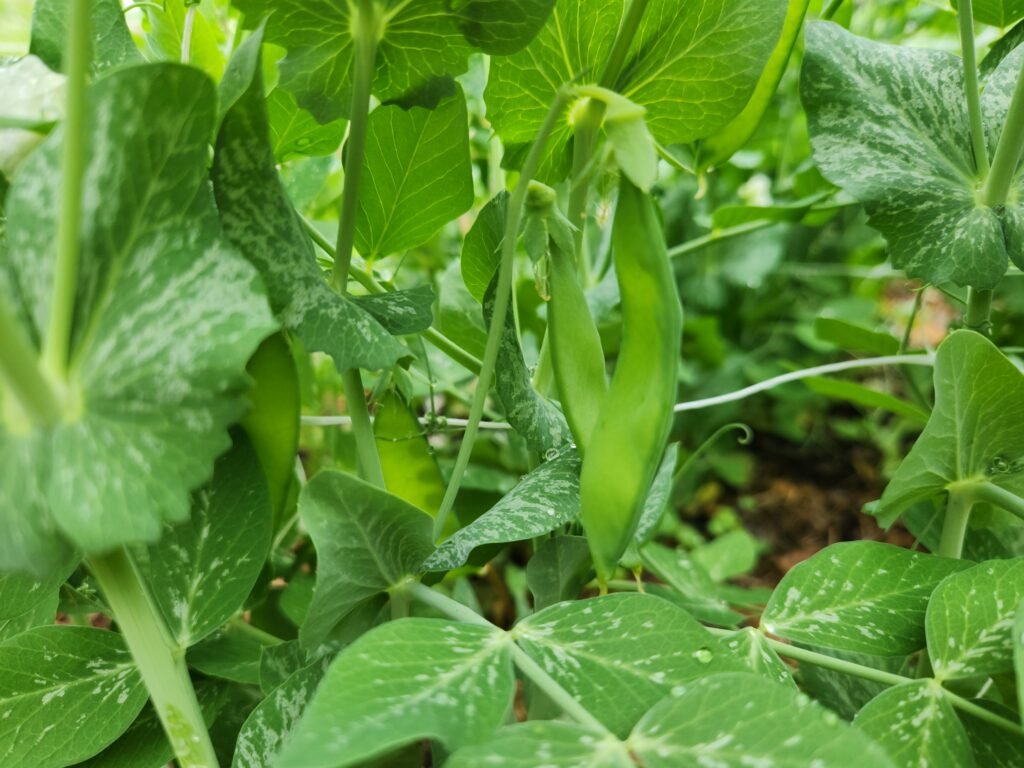
The Perfect Springtime Snack
Peas are a must-grow crop for early spring planting. Since they take a while to establish and begin producing, getting them in the ground as soon as possible is crucial. Peas also dislike summer heat, so planting early ensures they have the longest growing period possible before temperatures rise.
Because peas have delicate root systems, they are not ideal for transplanting. Direct sowing is the best method to ensure strong, healthy plants.
One of the best things about growing peas is how easy they are to snack on while working in the garden. Simply pluck a few pods off the vine for a sweet, refreshing treat. They’re also a favorite among children—our toddler loves snacking on fresh peas straight from the garden!
Peas can be trellised to save space and improve airflow, reducing the risk of disease. Whether you choose snow peas, snap peas, or shelling peas, these tasty legumes are a valuable addition to any spring garden.
Tips for Direct Sowing in March
Direct sowing in early spring comes with its own set of challenges. Here are some tips to help you succeed:
- Check Soil Temperature: Even if the air feels warm, soil can still be too cold for germination. A soil thermometer can help you determine if conditions are right.
- Protect Your Crops: Unexpected late frosts can happen. Use row covers or cloches to protect young seedlings on especially cold nights.
- Prepare Your Soil: Since many of these crops need to be sown as soon as the ground is workable, prepping your garden beds in the fall can save time.
- Water Wisely: Spring soil retains a lot of moisture, so over-watering isn’t usually necessary. However, if you experience a dry spell, keep the soil evenly moist.
- Mulch for Warmth: A light layer of straw or compost can help insulate the soil and maintain moisture levels.
Conclusion
Direct sowing vegetables in March is an excellent way to kick-start your growing season. Radishes, lettuce, potatoes, carrots, and peas are all hardy crops that thrive in cool temperatures and can be planted as soon as the soil is workable.
By incorporating these vegetables into your early-season planting schedule, you can enjoy fresh, homegrown produce sooner while maximizing your garden’s productivity.
We hope this guide helps you get a head start on your spring garden! If you have any questions about direct sowing in early spring or want to share your experiences, leave a comment below. Be sure to explore our other growing guides, seed-saving tips, and delicious recipes. We’re constantly adding new content and would love for you to grow with us!

